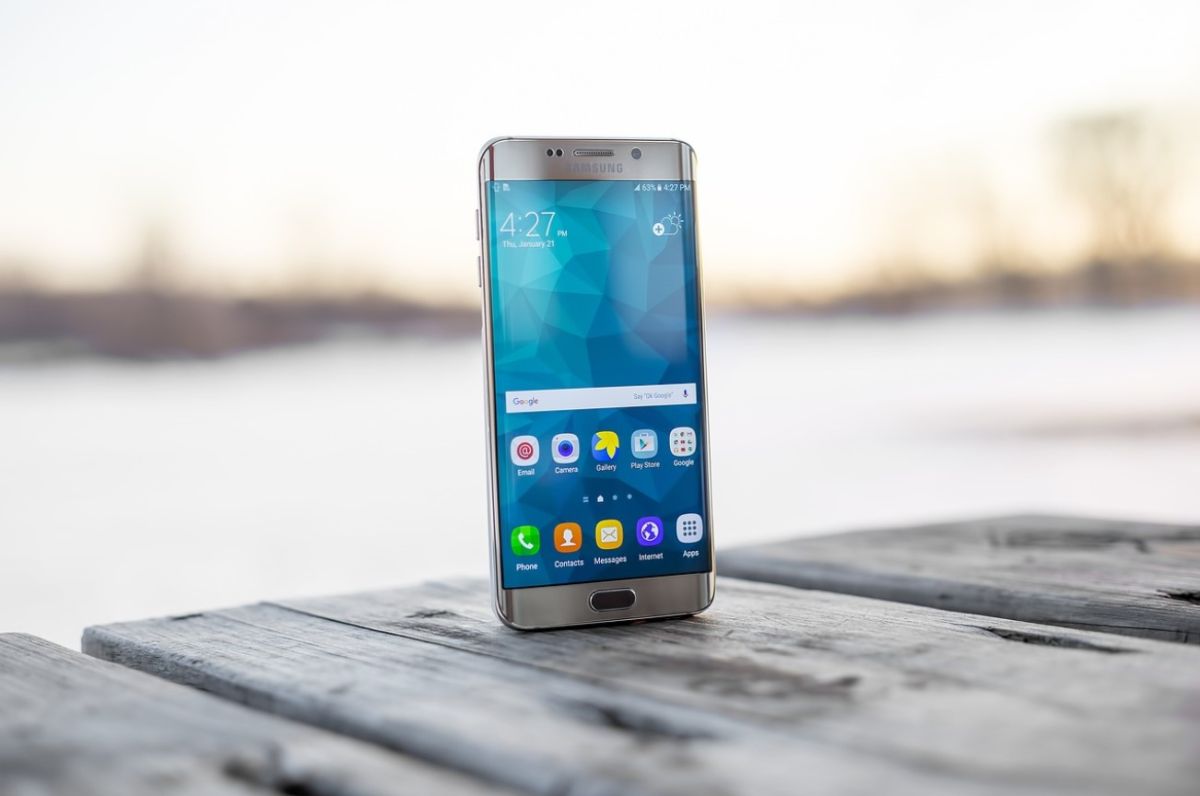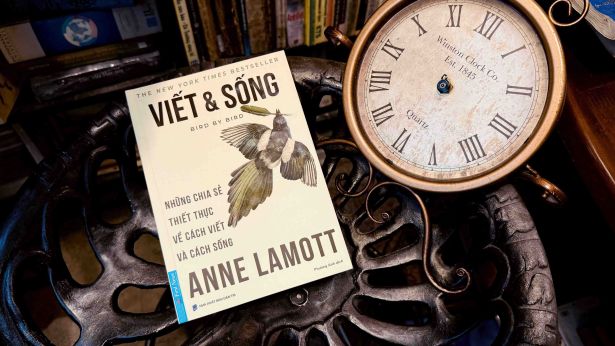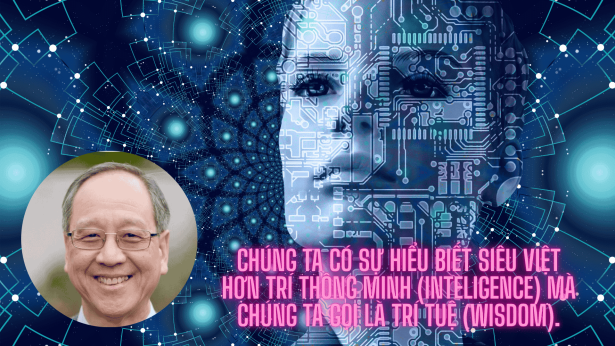 26 Mar, 2021
26 Mar, 2021
Cuộc chiến điện thoại di động
Vài năm trước, công ti thiết bị di động lớn nhất đã là Nokia, Ericsson, Sony, Samsung, RIM, và Motorola. Ngày nay công ti lớn nhất là Apple và Google. Không ai có thể đã tiên đoán được sự vươn lên của hai công ti phần mềm này trong khu vực di động. Đây là cách chiến lược công nghệ được áp dụng để cạnh tranh và thắng trong thị trường cạnh tranh cao toàn cầu này.
Mặc dầu khái niệm mạng tế bào đã được phát minh ở Mĩ trong những năm 1940 nhưng mãi tới năm 1973 khi Motorola đưa ra điện thoại di động thì thị trường mới bắt đầu nổi lên. Vào lúc đó điện thoại di động còn rất đắt và có miền giới hạn. Motorola đã không nghĩ rằng ở trong đó sẽ là kinh doanh tốt. Tuy nhiên, Nokia và Ericsson đã chiếm lấy cơ hội làm việc trên công nghệ này và thế hệ đầu tiên (1G) của công nghệ di động đã được tạo ra. Điều này bắt đầu cuộc đua xây dựng điện thoại di động tốt hơn giữa vài công ti mặc dầu không ai chắc rằng sẽ có nhu cầu cho nó. Đến những năm 1990 một công nghệ tốt hơn hay thế hệ hai (2G) đã được Motorola tạo ra và thị trường di động bùng nổ. Lúc ban đầu, Motorola chi phối thị trường di động nhưng khi nhiều người bắt đầu dùng điện thoại di động, Nokia, và Ericsson vào thị trường này với chiến lược kinh doanh giá thấp hơn để cạnh tranh một phần của thị trường di động. Chiến lược có giá thấp hơn đã cho phép Nokia thâu tóm phần lớn hơn của thị trường này từ tay Motorola trong những năm 1990.
Cả Motorola và Nokia đã được coi là những nhà làm điện thoại hàng đầu trong công nghiệp di động nhưng khi họ tận hưởng thành công của mình, những cạnh tranh mới từ châu Á như Sony, Samsung, và HTC cũng đã vào thị trường này. Về truyền thống, vòng đời của điện thoại từ lúc quan niệm tới sản xuất là xấp xỉ 18 tới 24 tháng. Nhưng các công ti châu Á có khả năng giảm chu kì sản xuất xuống ít hơn một năm. Họ cũng phát triển vài mô đen cho nên các mô đen mới hơn đã vào thị trường cứ sau vài tháng. Chiến lược kinh doanh có nhiều mô đen với giá thấp hơn cho mọi kiểu người dùng đã thắng. Samsung, Sony và HTC đã có khả năng thâu tóm thị phần lớn hơn của thị trường điện thoại từ Nokia và Motorola. Tuy nhiên việc giảm trong sáng tạo điện thoại đã làm giảm việc khác biệt tính năng giữa các điện thoại. Chỉ trong vài năm, gần như mọi điện thoại di động đều có cùng tính năng và chức năng.

Cuộc chiến trên thị trường điện thoại di động đã được thấy phần lớn trên công nghệ phần cứng với công nghệ thế hệ thứ ba (3G) nơi các công ti châu Á như Sony, Samsung, và HTC thống trị. Không ai dự đoán được rằng Apple, một công ti máy tính sẽ vào thị trường này với iPhone được thiết kế tốt. Apple đã đổi luật cạnh tranh bằng việc có chiến lược công nghệ nơi hệ điều hành phần mềm IOS được đưa vào. Bằng việc kiểm soát cả phần mềm và phần cứng và cho phép mọi người viết app di động để tăng chức năng của nó, Apple bắt đầu một chiều hướng mới và qui tắc mới mà phần lớn các công ti điện thoại di động đã không được chuẩn bị với việc đưa vào điện thoại thông minh.
Viễn kiến của Steve Jobs là phát triển thiết bị làm việc cả như điện thoại và máy tính, điều cho phép người dùng có các chức năng phụ thêm bao gồm duyệt tìm web, máy ảnh, âm nhạc, trò chơi và nhiều chức năng mới mà điện thoại di động điển hình không thể làm được. iPhone đã hoàn toàn thay đổi thị trường di động và trở thành điện thoại di động thành công nhất trong lịch sử. Chỉ trong một thời gian ngắn iPhone đã thâu tóm đa số thị trường điện thoại với trên 45% số điện thoại bán trong năm 2008. Thành công của iPhone nhắc một công ti phần mềm khác đi vào thị trường này: Google với điện thoại Androids. Việc tung ra iPhone của Apple và Android của Google đã tạo ra tác động kép chưa từng có trên ngành công nghiệp điện thoại di động.
iPhone của Apple được coi là “chuẩn vàng” với “giá trị hứng khởi” trong người dùng. Chiến lược công nghệ của Apple là cung cấp các ứng dụng và nội dung cho người dùng của nó qua cửa hàng App của Apple và dịch vụ iCloud nơi Apple kiểm soát mọi thứ. Tương phản lại, chiến lược công nghệ của Google không phải là kiểm soát phần cứng mà cho phép những nhà làm điện thoại khác dùng nền Android của nó để đảm bảo tính sẵn có của điện thoại thông minh với giá chấp nhận được cho tất cả. Nền hệ thống mở của Google làm cho nó thành phổ biến hơn với người dùng điện thoại và người phát triển app. Một nhà phân tích Phố Wall tóm tắt hai chiến lược này như sau: “Nếu coi điện thoại di động là xe hơi thì Apple được coi như Mercedes, Lexus hay BMW của điện thoại di động nơi Google là Toyota, Honda hay Ford. Một đằng xa hoa và được tích hợp đầy đủ với thiết kế tốt và kiểm soát toàn bộ và đằng kia là giá thấp hơn, phổ biến hơn và mở cho tất cả.”
Khi điện thoại thông minh trở nên ngày càng phổ biến hơn với người dùng, chiến lược công nghệ về kiểm soát nền làm mạnh cho điện thoại đang trở nên ngày càng gay cấn hơn. Ba mươi năm trước, Microsoft đã áp dụng chiến lược này với hệ điều hành MSDOS và Window để kiểm soát máy tính cá nhân. Trong thế giới cạnh tranh cao này, chiến lược công nghệ lên ngôi tối cao so với chiến lược kinh doanh giá thấp điển hình. Bất kì ai kiểm soát công nghệ sẽ kiểm soát thị trường và thắng. Đó là lí do tại sao tháng trước, Google đã đem Motorola vào có dự định tạo ra hệ thống công nghệ tích hợp đầy đủ để cạnh tranh với Apple.
Ngày nay cả Apple và Google đều kiểm soát thị trường điện thoại di động nhưng một công ti phần mềm khác công bố rằng nó cũng vào thị trường điện thoại: Microsoft với nền mới Window 8. Là người tới sau, chiến lược của Microsoft là tạo ra liên minh với những người chế tạo điện thoại và cho phép họ dùng nền Window 8 mới để cạnh tranh với Androids của Google. Nokia người đã thấy thị phần của mình sụt giảm lập tức chuyển nhanh sang cộng tác với Microsoft. Chẳng mấy chốc những người làm điện thoại khác có lẽ sẽ chiếm lấy bên nào đó trong cuộc chiến di động này.
Cạnh tranh trở thành cuộc chiến bằng phát minh nơi Apple kiện Samsung và HTC hàng tỉ đô la và cấm Samsung bán điện thoại thông minh ở một số nước. Trong quá khứ tranh cãi về bằng phát minh đã được giải quyết yên tĩnh nhưng nó sẽ khác ở lần này vì thị trường là khổng lồ. Người ta ước lượng rằng với trên 3 tỉ người dùng và vẫn còn tăng lên, thị trường điện thoại di động đáng giá nghìn tỉ đô la. Với các vụ kiện đang tiếp diễn và việc kiện bằng phát minh thành công gần đây của Apple, rõ ràng rằng cuộc chiến bằng phát minh sẽ không rút đi sớm bất kì lúc nào.

Để sống còn, các nhà làm điện thoại như Sony, Ericsson, Samsung, HTC v.v. phải làm việc với công ti công nghệ như Microsoft hay Google để đánh lại Apple. Hiện thời Apple đã duy trì quyền lãnh đạo với những khách hàng trung thành nhưng liệu Apple sẽ có khả năng duy trì tính cạnh tranh với việc đưa ra những phát kiến mới mọi năm không? Có tin đồn là Apple sẽ chuyển thành nhà cung cấp dịch vụ mạng và tạo ra việc tích hợp chiều đứng chặt hơn và cung cấp mọi thứ từ thiết bị cầm tay, truy nhập mạng, TV, âm nhạc, radio, và nội dung trò chơi lưu giữ cho người dùng của nó theo di chúc cuối cùng của Steve Jobs.
Với sức mạnh của ngành công nghiệp di động đã dịch chuyển ra khỏi các nhà làm điện thoại để sang thành nhà cung cấp công nghệ, thị trường di động sẽ thay đổi và khuyến khích nhiều phát kiến, nhiều app di động hơn trong tương lai gần. Ai sẽ là người lãnh đạo thì vẫn còn chưa biết nhưng do bản chất động của ngành công nghiệp này, bất kì công ti nào với công nghệ tốt hơn sẽ thay đổi thị trường di động. Với mọi thay đổi và thách thức, người dùng điện thoại di động có thể mong đợi nhiều tính năng hơn, nhiều chức năng hơn, điện thoại tốt hơn sẽ tới trong tương lai gần. Người phát triển app di động có thể mong đợi nhu cầu cao hơn về kĩ năng của họ vì họ sẽ được cần để phát triển giải pháp phát kiến hơn trong vài năm tới đây.

—-English version—-
The mobile phone war
Few years ago, the biggest mobile devices companies were Nokia, Ericsson, Sony, Samsung, RIM, and Motorola. Today the biggest are Apple and Google. No one could have predicted the rise of these two software companies in the mobile area. This is how a technology strategy is applied to compete and win in this highly global competitive market.
Although cellular network concept was invented in the U.S during 1940s but not until 1973 when Motorola came up with a mobile phone the market began to emerge. At that time mobile phone was very expensive and had limited range. Motorola did not think that it would be good business to be in. However, Nokia and Ericsson seized the opportunity to work on this technology and the first generation (1G) mobile technology was created. This started the race to build a better mobile phone among several companies although no one was sure that there will be a demand for it. By 1990s a better technology or second generation (2G) was created by Motorola and the mobile market exploded. In the beginning, Motorola dominated the mobile market but as more people began to use mobile phone, Nokia, and Ericsson entered the market with a business strategy of lower price to compete for a part of the mobile market. The strategy of having lower price allowed Nokia to grab a larger part of the mobile market away from Motorola during the 1990s.
Both Motorola and Nokia were consider the top phone makers in the mobile industry but as they enjoyed their success, new competitions from Asia such as Sony, Samsung, and HTC also entered the market. Traditionally, a phone’s life-cycle from concept to production was approximately 18 to 24 months. But Asian companies were able to reduce the cycle to less than a year. They also developed several models so newer models entered the market every few months. The business strategy of having multiple models at lower price for every type of users won. Samsung, Sony and HTC were able to grab a larger share of the phone market from Nokia and Motorola. However the reduction in the phone creation has reduced the differentiating features among phones. In just few years, almost all mobile phones have the same features and functions.
The war on mobile phone market was fought mostly on hardware technology with the third generation technology (3G) where Asian companies such as Sony, Samsung, and HTC dominated. No one predicted that Apple, a computer company would enter the market with a well designed iPhone. Apple changed the rule of the competition by having a technology strategy where software operating system IOS was introduced. By controlling both the software and hardware and allowing people to write mobile apps to increase its functionality, Apple started a new direction and new rule that most mobile phone companies were not prepared with the introduction of the smart-phone.
Steve Jobs’ vision is to develop a device that work both as a phone and a computer that allows users to have additional functions including web search, camera, music, games, and many new functions that a typical mobile phone cannot do. The iPhone completely changed the mobile market and became the most successful mobile phone in history. In just a short time the iPhone captured a majority of the phone market with over 45% of phone sold in 2008. The success of iPhone prompted another software company to enter the market: Google with the Androids phone. The launch of Apple’s iPhone and Google’s Android has created an unprecedented double-impact on the mobile phone industry.
Apple’s iPhone is considered the “Gold standard” with an “inspirational value” among users. Apple‘s technology strategy is offering applications and content to its users through the Apple’s App store and iCloud service where Apple controls everything. In contrast, Google’s technology strategy is not to control the hardware but allows other phone makers to use its Android platform to ensure availability of smart phones at affordable prices to all. Google’s open system platform makes it more popular with phone users and apps developers. A Wall Street analysts summarized the two strategies as follow: “If mobile phone is a car than Apple is considered as the Mercedes, Lexus or BMW of mobile phone where Google is the Toyota, Honda or Ford. One is luxury and fully integrated with well design and total control and the other is lower price, more popular and open to all.”
As the smart-phone becomes more popular with users, the technology strategy of control the platform that powering the phone is becoming more critical. Thirty years ago, Microsoft applied this strategy with the MSDOS and Window operating system to control the Personal Computer. In this highly competitive world, the technology strategy reigned supreme over the typical low cost business strategy. Whoever controls the technology will control the market and win. That is why last month, Google brought Motorola and intended to have fully integrated technology system to compete with Apple.
Today both Apple and Google control the mobile phone market but another software company announces that it also enters the phone market: Microsoft with a new platform Window 8. As a late comer, Microsoft’s strategy is created a new alliance with phone makers and allows them to use the new Window 8 platform to compete with Google’s Androids. Nokia who has seen its market share declining immediately move quickly to collaborate with Microsoft. Soon other phone makers will probably take side in this mobile war.
The competition become a war of patents where Apple sued Samsung and HTC for billion dollars and forbid Samsung to sell smart phone in some countries. In the past patent disputes have been resolved quietly but it will be different this time as the market is huge. It is estimated that with over 3 billion users and still growing, the mobile phone market is worth trillions of dollars. With the on-going cases and Apple’s recent successful patent lawsuit, it is clear that the patent war is not going to subside anytime soon.
In order to survive, phone makers like Sony, Ericsson, Samsung, HTC etc. must work with technology company such as Microsoft or Google to fight Apple. Currently Apple has maintained the leadership with its loyal customers but will Apple be able to stay competitive with new innovative offerings every year? There is a rumor that Apple will move to be a network service provider and create an even tighter vertical integration and provide everything from handsets, network access, TV, music, radios, and games content to storage for its users according to Steve Jobs’ last wish.
With the power of the mobile industry has shifted away from the phone makers to technology providers the mobile market will change and encourage more innovations, more mobile apps in the near future. Who will be the leaders is still unknown but due to the dynamic nature of this industry, any company with better technology will change the mobile market. With all the changes and challenges, mobile phone users can expect more features, more functions, better phone come up in the near future. Mobile apps developer can expect higher demand for their skills as they will be needed to develop more innovative solution in the next few years.




 Thông báo
Thông báo














 Quay lại đăng nhập
Quay lại đăng nhập
